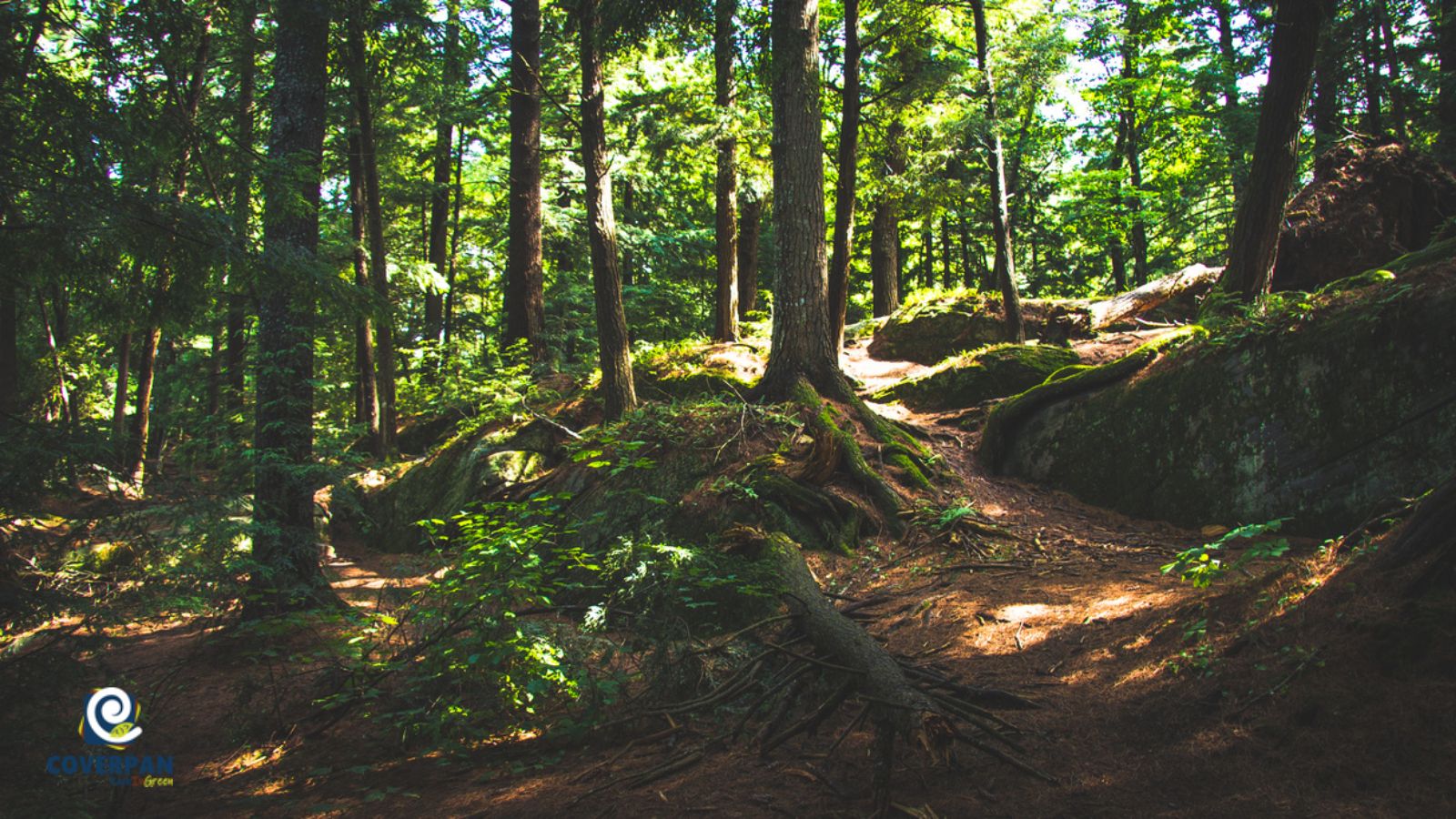It is essential to debunk certain myths that exist when it comes to paper manufacturing so that consumers understand that this industry is one of the most sustainable at present.
Despite popular belief, the net loss of forests has been significantly reduced, recovering up to 4 million hectares in recent years.
Every year around 38 billion carton boxes are used worldwide to ship hundreds of products to every corner of the world. Numbers continue to rise due to the growth of online commerce. This situation has put the spotlight more than ever on packaging and the direct impact it has on the environment.
The wood used in the manufacture of paper is grown in sustainable plantations specifically created for its production. What’s more, for every tree harvested from these plantations, three more are planted. Ninety-eight percent of Spain’s pulp production comes from the cultivation of paper trees, which is equivalent to more than 5 million cubic meters of wood.
These plantations are usually consisting in fast-growing species. Such is the case of eucalyptus, radiata pine or poplar.
This industry feeds and covers the forest surface with 400,000 hectares of plantation forests, which provide jobs and favor rural development. It is estimated that around 5,000 direct jobs are related to the reforestation and forestry of timber plantations and 16,000 more indirect jobs.
In order to manufacture paper in Spain, a series of certificates are required. Without them, neither the factories nor the suppliers would be able to carry out their work.
Making paper, sustainable cycle
The life cycle of paper and cardboard does not stop when it reaches the hands of a consumer. After being deposited in a specific container, it is properly treated to give birth to a new packaging. Approximately half of the paper we consume annually is recycled, wich is near 4 million tons.
According to the FAO, thanks to reforestation and the cultivation of trees in Spain and the rest of Europe, forests are growing.
The Spanish paper and cardboard industry uses wood for its work. But it cannot be overlooked that, in addition to the reforestation work, the forests cultivated specifically for this purpose also become large CO2 sinks, with at least 7.5 million tons of CO2 absorbed per year, which contribute directly to slowing global warming.




